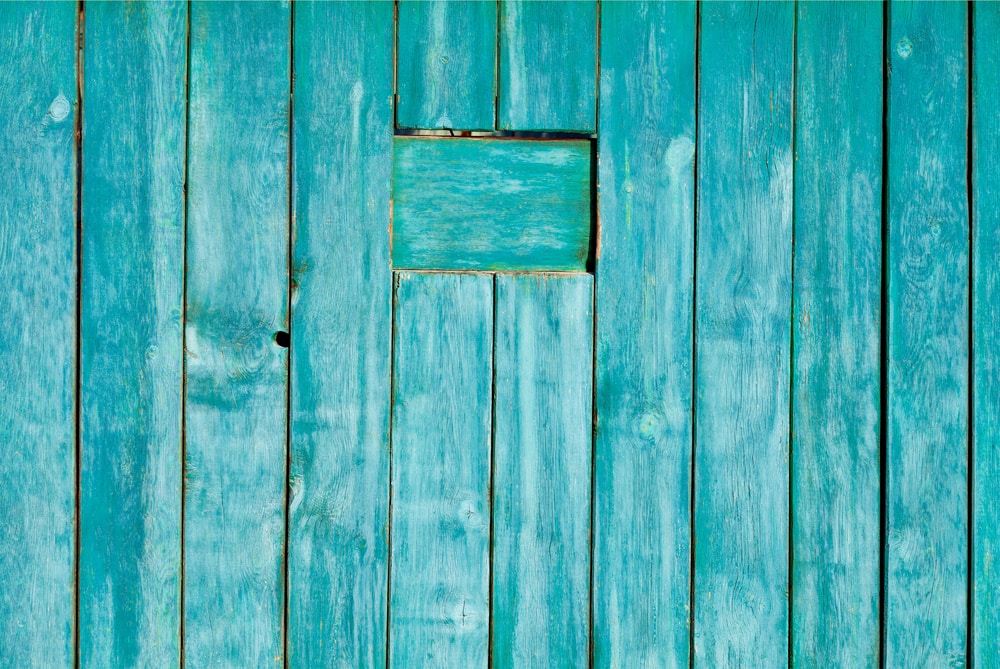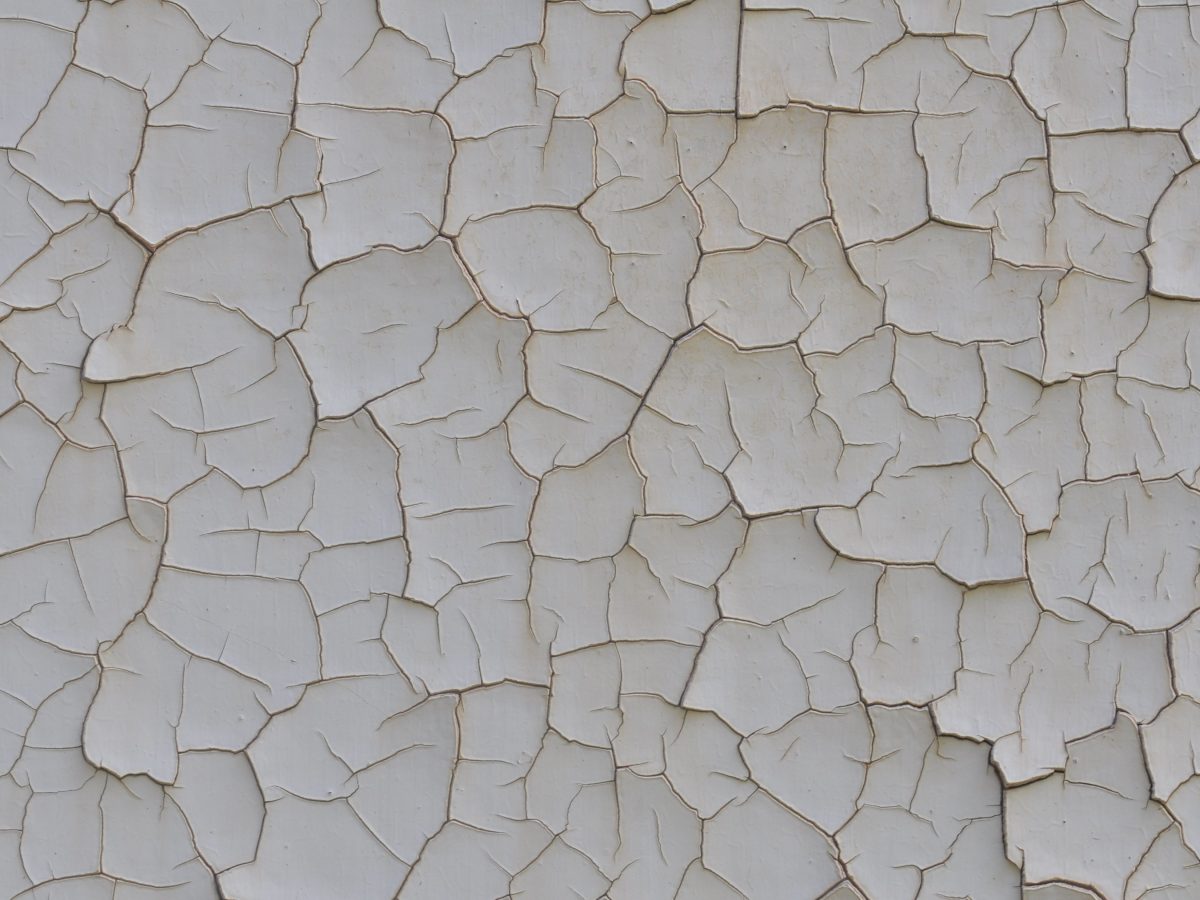End of Summer Stressors

Hotter weather brings lots of sun and Ultraviolet light, and with all that extra radiation, you won’t be the only one that gets burned. Paint exposed to too much UV radiation can quickly break down, posing a hazard to young children and pets playing outdoors. So with the cooler autumn temperatures descending upon us, take the extra time to thoroughly check exposed painted surfaces for any of the warning signs listed throughout this post.
Although lead was mixed with paints to make them more temperature resistant, corrosion resistant, longer lasting, and more durable, they are still susceptible to degradation over time. UV radiation can peel, crack, and discolor paint, so if you see anything painted that has a lot of discoloration or a spider-web cracking texture, it could be lead based paint. You should pay especially close attention to window and door systems in houses built before 1978, not just because of the likelihood of having lead-based paint—but because they have a higher chance of already showing signs of degradation from overuse. Moreover, these areas generally receive much more traffic, increasing the likelihood of a child or pet getting sick.
Check out some other warning signs to look out for when the weather changes below:

- Blistering: occurs when hot beams of sunlight beat onto painted surfaces causing bubbles to form underneath the paint. Overtime, these bubbles will burst and leave bare spots all over. Darker paint colors greatly increase the likelihood of this phenomenon occurring.

- Peeling: is an after effect of blistering. After the bubbles burst from blistering paint, rain, wind, and other elemental factors can erode the paint layer by layer.

- Fading: constant direct sunlight eventually wears away the colors from your paint, causing a bleaching effect. This fading is more prominent in paints with more intense colors, but as the outer layer begins to fade away, the protective coating wears down, which leads to more serious damage like peeling, blistering, or cracking.

- Cracking: occurs when the integrity of the surface coating is compromised, allowing for moisture to seep deeper into the paint, which can destroy it from the inside out when temperatures begin to fluctuate.
Quick fact: due to the nature of red wavelengths, red colored paints fade faster than darker colored paints such as blue and violet. Red wavelengths carry a high amount of energy when compared to their blue and violet counterparts. This high amount of energy is transferred to and absorbed by the paint, causing it to fade quicker when exposed to high amounts of sunlight. So, if your home, shed, or other outdoor building is painted with red pigments, pay close attention to its condition—especially if it is an old building.
Given enough time anything will erode, so as a parent and a homeowner it is your responsibility to maintain the integrity of your home for your family. Keeping a lookout for old deteriorated paint with the aforementioned characteristics can save you and your family from tons of headaches down the road. If you recently purchased a home, knowing the build history and how up to date the most recent inspections were is a great way to maintain a healthy home. This fall, keep a lookout for deteriorated exterior paint around your residence!